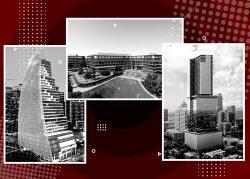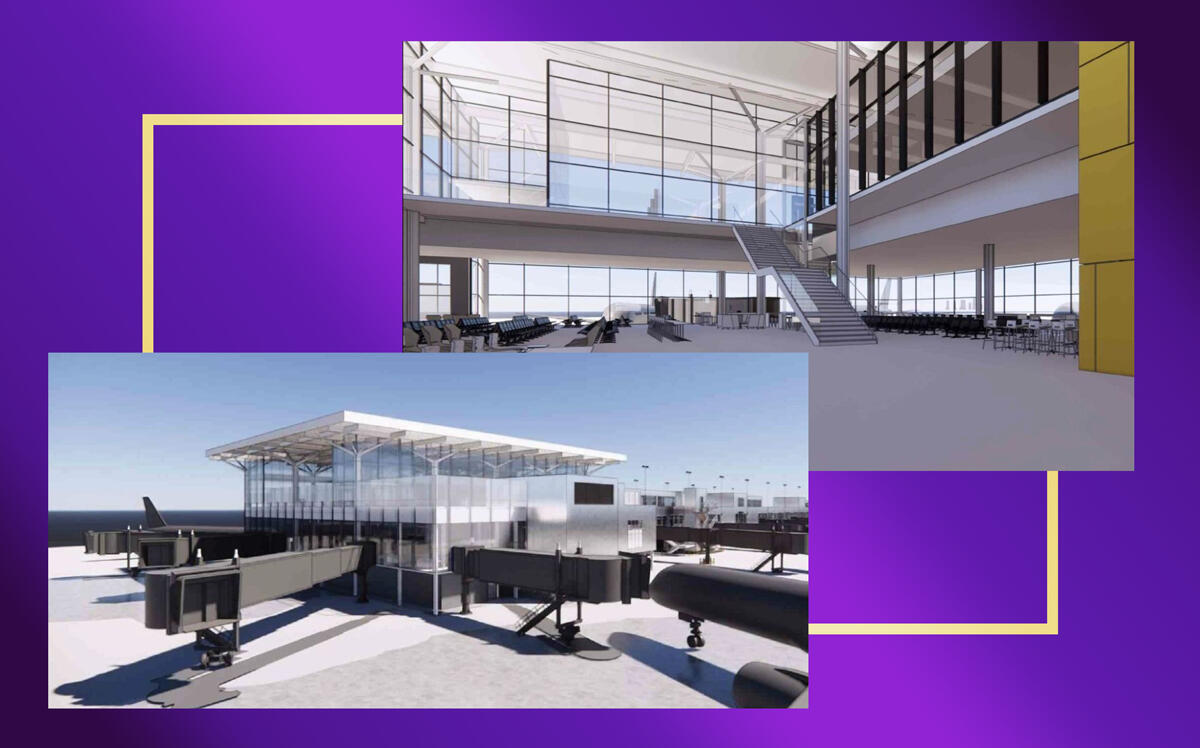Relief is on the way — eventually — for passengers flying in and out of Austin’s frequently packed airport. Construction on an expansion will start this summer.
A major airport expansion for Texas’s capital city is overdue and has been in the works for a while. Austin is one of the fastest growing big cities in the country. In addition, its economy has in large part been driven by tourism and big events that drive up traffic significantly — South by Southwest, the ACL festivals and Formula One racing are among the biggest contributors to the overcrowding.
In March, the simultaneous conclusion of three major events fueled passenger traffic so overwhelming that rental cars were abandoned, security lines spilled outside, travelers missed flights and officials issued a fuel shortage alert the following Monday.
As it turned out, that month was the busiest Austin-Bergstrom International Airport has ever experienced. Officials reported a 148 percent increase in passengers over the same period in 2021, and the 1,822,198 who went through TSA screenings exceeded the previous record by 179,000. Officials predict 20 million passengers will travel through ABIA in 2022.
While those events provided dramatic evidence of the need to expand, existing plans have faced obstacles. The biggest and most obvious was the COVID pandemic. With a huge loss of revenue and so much unknown about the future of air travel, city leaders crafted a much more conservative plan than the original one, which would have almost doubled the size of ABIA.
That plan has its problems — the most prominent being that it would necessitate the destruction and removal of the privately owned South Terminal, built for budget carriers, that opened in 2017. That situation has led to a legal battle. There was a hiccup when neighbors near ABIA learned it planned to install new jet fuel tanks less than 20 yards from houses, but that was resolved after a brief City Council dustup. Finally, the cost of the current expansion hasn’t yet been determined — it’s but one piece of the 2040 Master Plan, which will cost $3.5 billion to $4 billion — although a recent Airport Advisory Commission agenda stated that it estimated the cost of the first two phases of expansion would be $2.1 billion.
Crews will start this summer on the addition of three gates to the airport’s Barbara Jordan Terminal with an estimated completion in late 2023 or early 2024. Plans are also apparently full speed ahead with a new midfield concourse that will replace the South Terminal — despite the fact that its public-private partnership allows operators control of the leasehold interest for 40 years. The new concourse would be connected to the main terminal by a tunnel and would add a minimum of 10 gates.
The city’s department of aviation has been able to pay for design work so far with cash on hand. More funding will come from the sale of airport revenue bonds. That funding will support construction for gate capacity increases, a new baggage handling system, security enhancements and additional airfield infrastructure. In a May 3 press release, city officials announced that ABIA had secured $400 million of funding after a successful Airport System Revenue Bond sale to investors.
According to the May 10 agenda of the Aviation Advisory Commission, $1.5 billion for the first two expansion phases will be raised with new debt, including recently raised $400 million; $291 million will come from cash reserves; $48 million in grants and $88 million from previous bond issuances.
ABIA has $982 million in outstanding general bond debt in addition to $42 million for the Hilton hotel on the grounds and $139 million for the car rental facility.
Its fiscal year end revenues are expected to be up 35 percent related to both volume and price. Projected net income is expected to be 10 times the budgeted amount. Actual year-to-date revenues are up 21 percent, and actual income is 16 percent above budget predictions.
Read more



